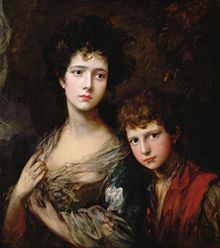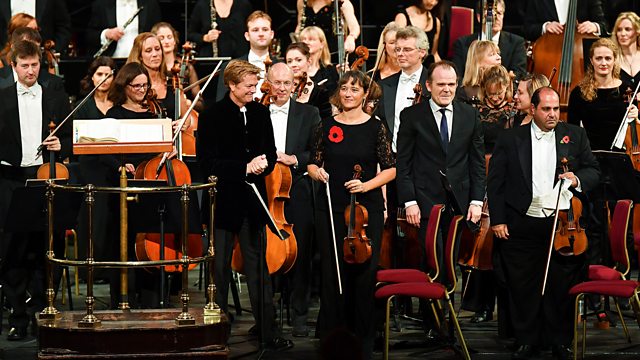François-Xavier Roth conducted François Joseph Gossec's Grande Messe des morts with Les Siècles and the Wiener Singakademie last week in Vienna, now broadcast on BBC Radio 3. Since Roth conducted an astonishing Berlioz Grand Messe des morts at the Royal Albert Hall, London, two weeks ago (please read my review here), this is a good opportunity to hear both Requiems by the same conductor, whose expertise in French repertoire is unequalled, as fluent in early music as he is in the contemporary avant garde, Roth's insights are always refreshing.
Gossec (1734-1829), a protégé of Rameau, was, in his own way, as innovative as Rameau was in his own time, and as Berlioz was to become in the future. His Grande Messe, written in 1761, is a forward-facing, youthful work which, upon publication twenty years later, caught the spirit of a France on the verge of revolutionary change. It's inspired by the spirit of Voltaire, Rousseau and Montesquieu, all of whom were his contemporaries.
Gossec's Grand Messe begins with assertive, almost explosive chords, taken up by a livelier melody on pipes and fiddles. Berlioz's Grand Messe, with its mysterious, searching lines, seems almost "modern" in a kind of 20th century ambiguity. Yet Gossec isn't writing faux Petit Trianon s: he was a farmer's son in a time when many people had genuine rural roots. The "folksiness" means something. These confident airs give way to a sophisticated Introitus in three parts, grave, allegro and largo, where voices weave intricate patterns, individual voices kept clear and bright. The mood is vibrant. The female soloists dominate (in Vienna, Chantal Santon-Jeffery and Anaïk Morel). Oddly enough, or perhaps not so oddly at all, I kept thinking of Marianne, her breasts exposed, leading the nation to Liberty. Peasant girl as antithesis to King and the Virgin Mary. Breaking the link between Church and State was a founding principle of the Republic. No wonder Gossec's Grande Messe captured the public mood. The deceased here will not die but will be remembered in glory.
"Requiem aeternum " and "et lux perpetua" aren't mere worrds, but inspire the two graduale that follow: uplifting choral pieces that move briskly. Berlioz integrates choir and orchestra with greater complexity but Gossec has brio. While Berlioz's Dies Irae is hushed and sombre, Gossec's Dies Irae is angular, with a distinctive motif of sharply accentuated rhythms. His Tuba mirium blasts with the baleful force of massed trumpets, the "tuba" here referring to the Trumpets which will sound at the end of time, waking the dead. Again, Gossec uses a solo voice, not a choir. Because Gossec's Grande Messe evolves over no less than 24 parts, each sequence is relative short, and highly varied Some sections are for solo voice and orchestra, others for combined soloists and orchestra, others for choir and orchestra. This diversity generates momentum and energy, which comes naturally to Roth and a period ensemble like Les Siècles. No surprise that Gossec's Grande Messe is their speciality. They've been doing it for some time.The photo above comes from their performance in October 2013 at the Chapelle Royale in Paris, which was broadcast on French TV and radio. Rumour has it that it will be released on CD. Definitely a must-buy since that performance is much more vivacious and spirited than the Vienna version.
After the Amen, a short break before the Vado et non revertar, an unusual interjection into a Mass, coming as it does from the pre Christian Book of Job, though it links to the idea of resurrection. The staccato patterns heard earlier (as in the Dies Irae), but with the Pie Jesu, the dead are granted rest. Everyone's singing together again, and the final Requiem Aeternum draws everything together. Berlioz's Grande Messe des morts is grander in every way, reflecting a new era when Europe was on the cusp of a new urbanized, industrial era. Gossec's not too bothered about complex orchestration and large-scale forces so much as freedom of spirit. Besides, his Grande Mess des morts harks back to the period that made modernity possible in the first place.
BTW, Gossec was not Belgian. Belgium didn't exist as an independent monarchy before 1830.














